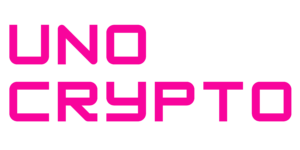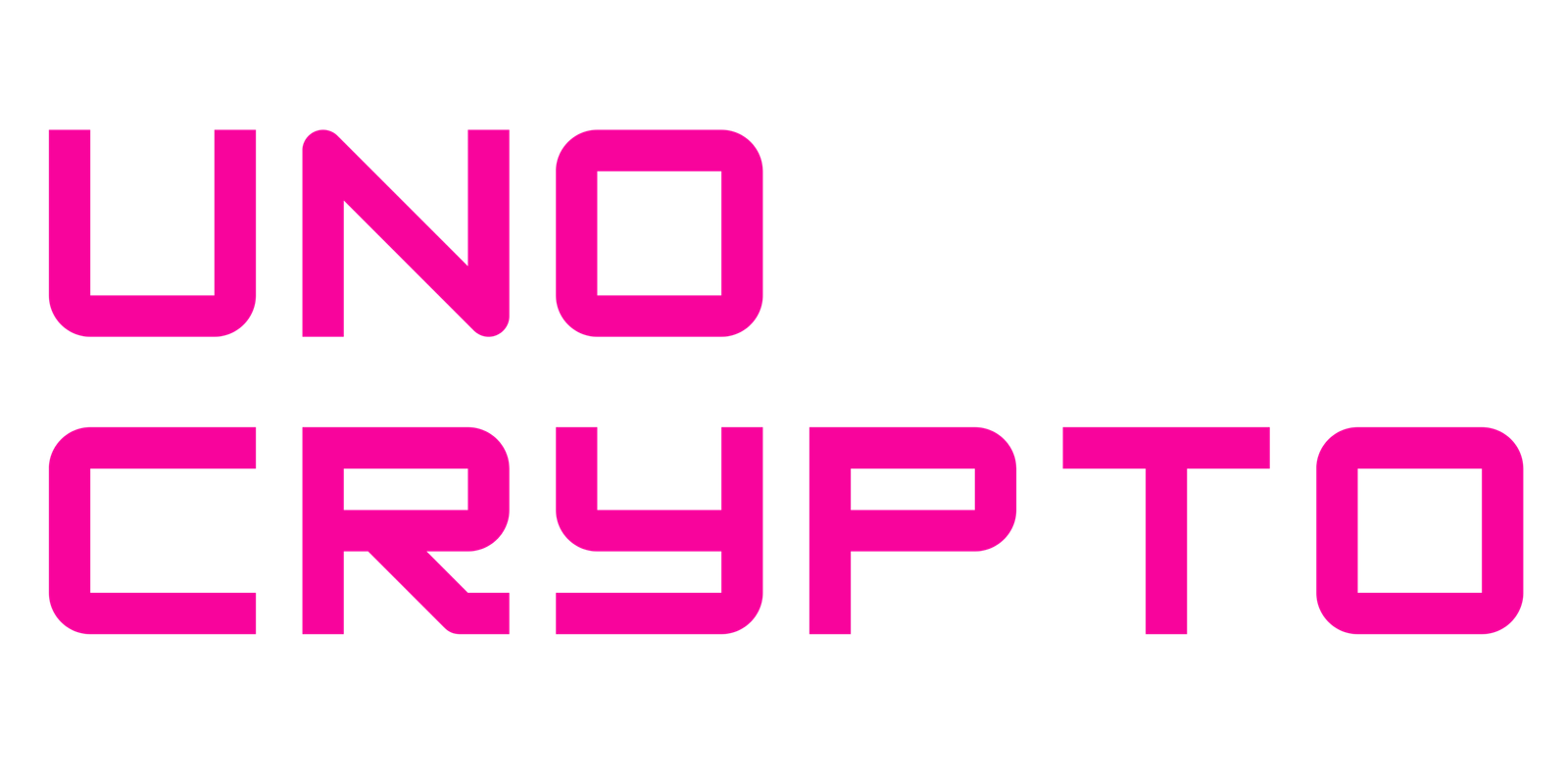Hyperliquid has become the standout name in this cycle’s decentralised derivatives market.
The platform now controls about 80% of the perpetual protocol market and is taking volume from big exchanges.
Market shift from CEX to DEX
It has pushed its Hyperliquid to the Binance volume ratio to about 13.6% from near 8% at the start of the year. The rise came in recent months as the platform rolled out cross-chain features and a public token sale, Defilama data shows.
The team says the aim is to offer traders a decentralised option with similar liquidity and experience to centralised venues. Investors and traders first heard about the push in reports and industry pitches.
Traders are switching to Hyperliquid in notable numbers. The platform processed more than $200 billion in trading volume in recent months.

That scale has made it a credible rival to centralised exchanges for some products. Its rising share suggests users will move when they find a better fit for speed, cost, or access.
Hyperliquid’s growth is not just about numbers. The platform added cross-chain functions that let traders deposit assets across multiple blockchains.
That change unlocked access to assets such as Bitcoin, which had been hard for many decentralised venues to handle. The result is a wider pool of liquidity and more trading options for users.
How the token was launched?
Hyperliquid took a different route with its token, and it did not take venture capital money. Instead, it listed $HYPE directly on public markets, and that meant all buyers had to buy at market prices.
The move avoided special allocations for big investors, and the launch signalled confidence in the product and placed token access in the hands of the public.
This approach stands in contrast to many projects that sell large token blocks to early backers. By keeping the distribution public, Hyperliquid kept its early financial backing broad. That choice may have helped build community trust and created a cleaner market for trading the token.
$HYPE Price Actions
At the time of the report, $HYPE was trading at $44.14 and was down 1.67% over 24 hours.
Price swings are part of life for memetic and utility tokens alike. But the token’s public launch kept trading transparently and open to anyone willing to buy.
Impact on centralised rivals
Hyperliquid’s gains have had a visible effect on market dynamics. The platform’s share of perpetual protocol volume is roughly 80% within that niche. Its share relative to Binance for similar volume reached 13.6% in recent monthly checks.
That is a jump from roughly 8% earlier in the year. The shift shows that decentralised alternatives can take meaningful volume when they match centralised platforms on function and reliability.
Revenue and efficiency
Earlier this month, UnoCrypto reported that Hyperliquid earns about $1.13 billion a year. The core team behind the project is small. The group totals just 11 people. If the numbers hold, that translates to about $102 million in revenue per employee.
Founder Jeff Yan spoke about these figures on a recent podcast and used them to explain the platform’s lean operating model and high revenue efficiency.
Why this matters?
Hyperliquid’s rise highlights two trends. One is that decentralised trading can scale up and handle real volume when the product fits traders’ needs. The other is that new token models and launch choices can change how projects grow.
By avoiding private allocations and focusing on broad market access, Hyperliquid sent a clear message about who it wants as backers.
A few days ago, we reported, Binance co-founder Changpeng Zhao stated that if he were 20 years old, he would build a Privacy-First Perpetual Decentralised Exchange (DEX) & Predicts DEX Volume Could Surpass Centralized Exchange (CEX)
What comes next?
Sustaining the growth will test the platform. It must keep its tech strong while scaling up.
The challenge is to handle more users without losing the speed and reliability that pulled traders away from centralised venues. The team will need to expand capacity and keep costs in check.
Also Read: Hyperliquid Achieves World’s Highest Revenue Per Employee At $1.13B Annual Revenue With 11 Employees


